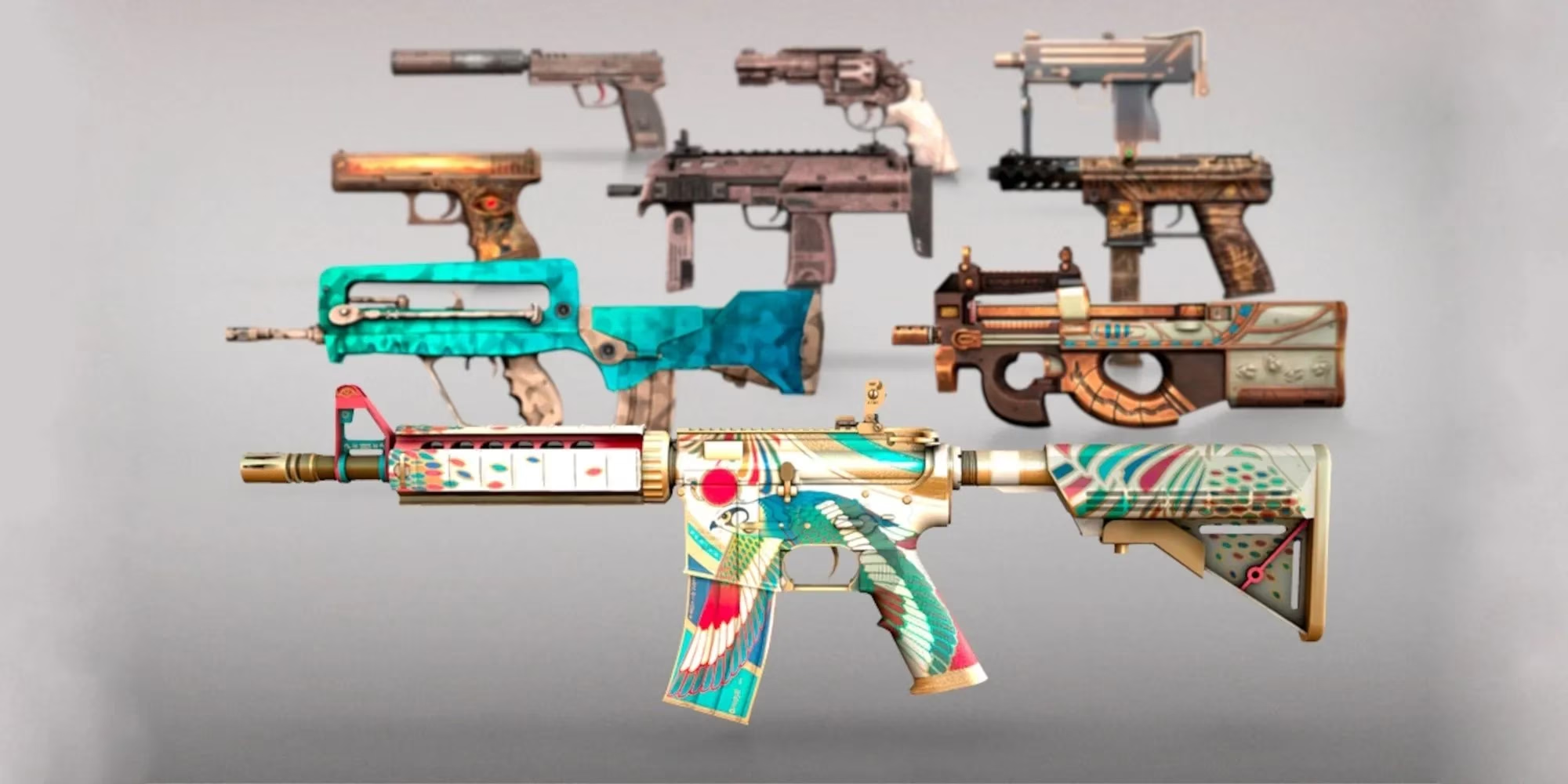My Journey Through CS:GO's Record-Breaking Case Market in 2025
Explore the explosive growth of the digital economy in Counter-Strike, highlighting market dynamics, cultural impact, and the transition to Counter-Strike 2 in 2025.
The digital economy within Counter-Strike continues to amaze me even now in 2025. Looking back at how the market has evolved since those landmark moments in 2023, I'm still astounded by the explosive growth we witnessed. That April 2023 milestone when over 50 million cases were purchased in a single month was just the beginning of what would become a fascinating economic ecosystem within a video game.
The Golden Age of Digital Unboxing
I remember watching in real-time as the counter on CS:GO Case Tracker hit that magical 50.3 million figure. The community went wild - myself included. The Anubis Collection alone accounted for 9 million cases, generating approximately $22 million in revenue. The collection's Egyptian-themed skins were like digital artifacts from some alternate pharaonic timeline where ancient gods wielded assault rifles instead of ankhs.

The market dynamics were fascinating to observe. When new collections dropped, it was like watching a digital gold rush, with players frantically selling older cases to raise funds for the shiny new ones. The market would flood, prices would collapse temporarily, and then slowly recover as supply normalized. It was capitalism distilled into its purest form, like watching a miniature stock market where the commodities were virtual weapons adorned with digital paint.
Beyond Aesthetics: The Cultural Impact
What's most interesting to me isn't just the economic aspect, but how these digital items have become status symbols within the gaming community. Owning a factory-new M4A4 Eye of Horus is the gaming equivalent of driving a Lamborghini down the digital highway. These aren't just weapon skins; they're peacock feathers in an elaborate mating ritual of gaming prestige.
The psychological aspects of case opening deserve their own study. The anticipation as the spinner slows, the dopamine rush of a rare drop - it's like fishing in a digital ocean where occasionally you pull up a treasure chest instead of a boot. Or perhaps more accurately, it's like a slot machine designed by artists rather than casino operators.
From CS:GO to CS2: The Great Migration
The transition from CS:GO to Counter-Strike 2 presented its own fascinating challenges. Many of us wondered how our precious inventories would transfer over. Some players I know had collections worth more than their cars! 🚗💰
The migration process Valve eventually implemented was smoother than many expected, though not without its hiccups. I remember staying up all night during the transfer window, nervously refreshing my inventory like a parent waiting for a teenager to come home after curfew.
Gaming as a Platform for Truth
Perhaps the most profound development in the Counter-Strike ecosystem wasn't commercial at all, but cultural. The creation of maps like the one by Finnish newspaper Helsingin Sanomat showed how gaming spaces could become vectors for truth in regions affected by censorship.
This tradition has continued and evolved through 2025, with gaming spaces increasingly becoming what I call 'digital speakeasies' - places where information flows freely despite attempts to dam it. The idea that a person might learn crucial truths about their world while playing a first-person shooter feels like something from a cyberpunk novel, yet here we are.
The Future of Digital Economies
As we move deeper into 2025, the Counter-Strike marketplace continues to evolve in ways that few economists could have predicted. The intersection of gaming, collecting, investing, and speculating has created something entirely new - a digital economy that's as unpredictable as it is fascinating.
New collections continue to break records, though nothing has quite matched the perfect storm of circumstances that led to that legendary April 2023. Still, I find myself checking case prices almost daily, part investor and part digital archaeologist, cataloging the rise and fall of virtual artifacts.
Sometimes I wonder what future digital archaeologists might make of our obsession with these colorful weapon skins. Will they see them as the digital equivalent of trading cards, or something more significant - early experiments in digital ownership and value?
Whatever the answer, I'll continue to watch this space evolve, occasionally indulging in the heart-racing gamble of opening a case myself. After all, you never know when you might unbox the next Eye of Horus - that digital diamond in an ocean of blues.